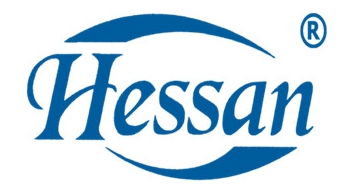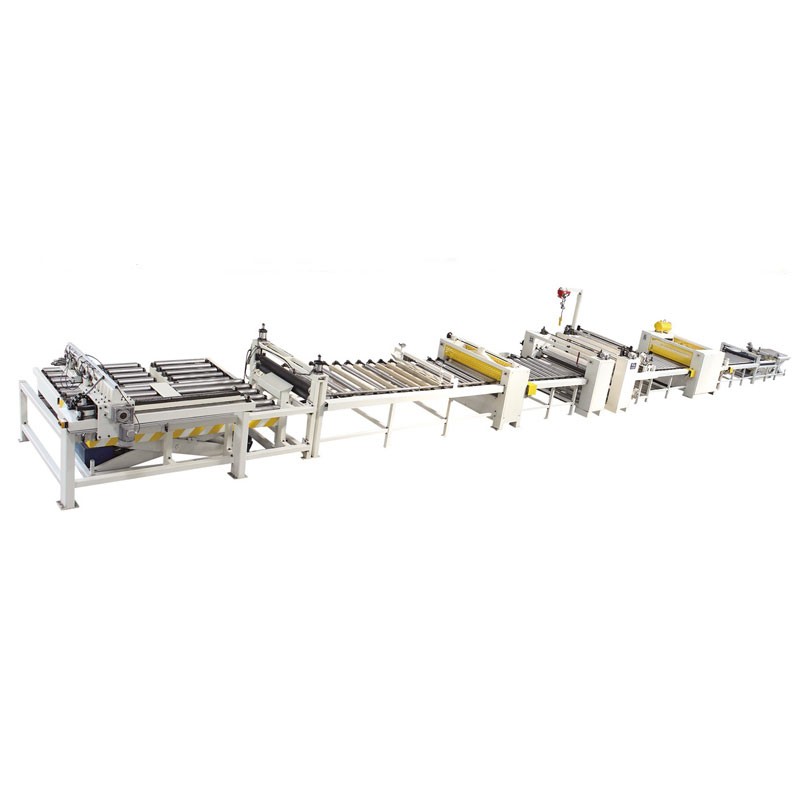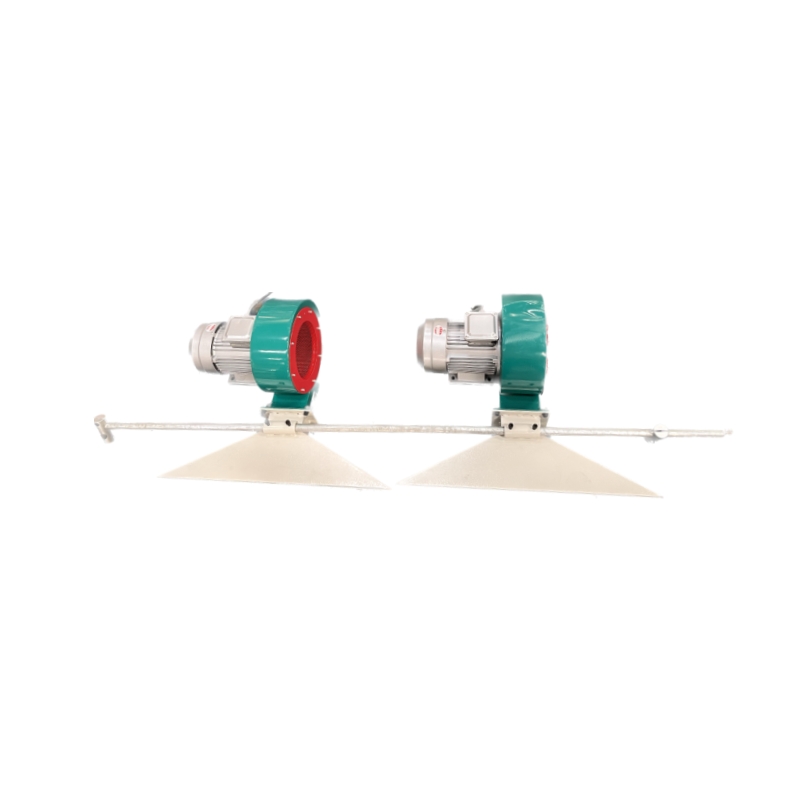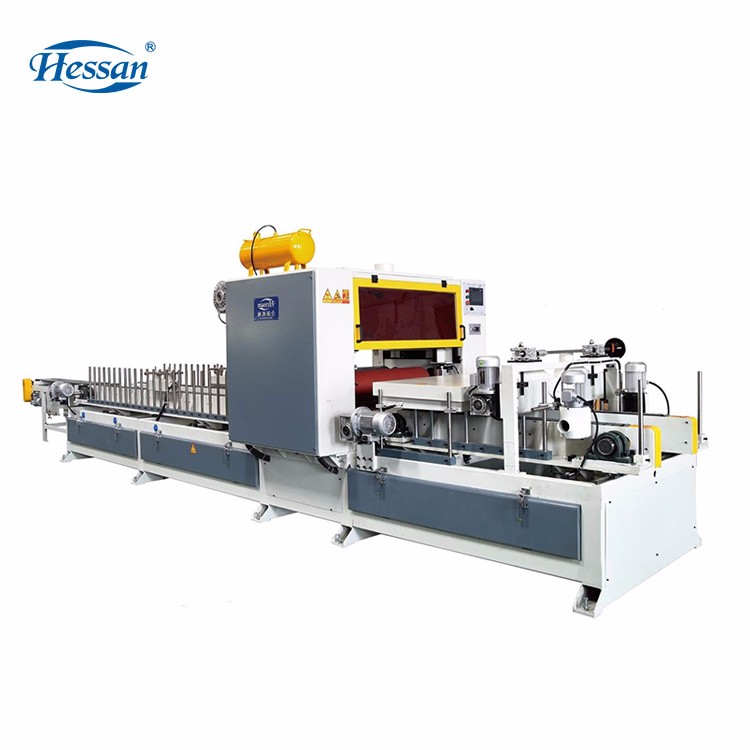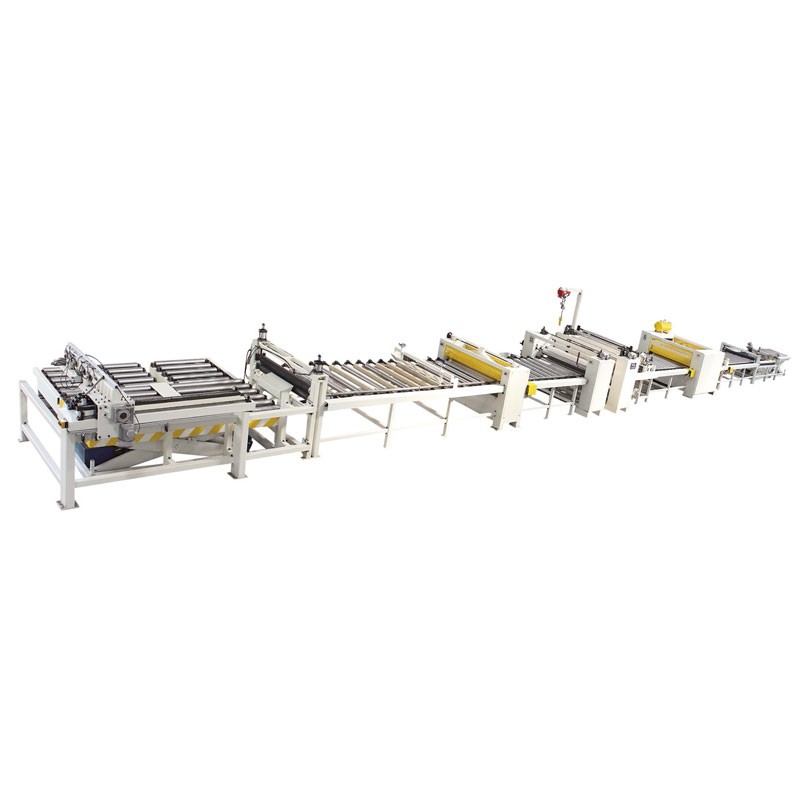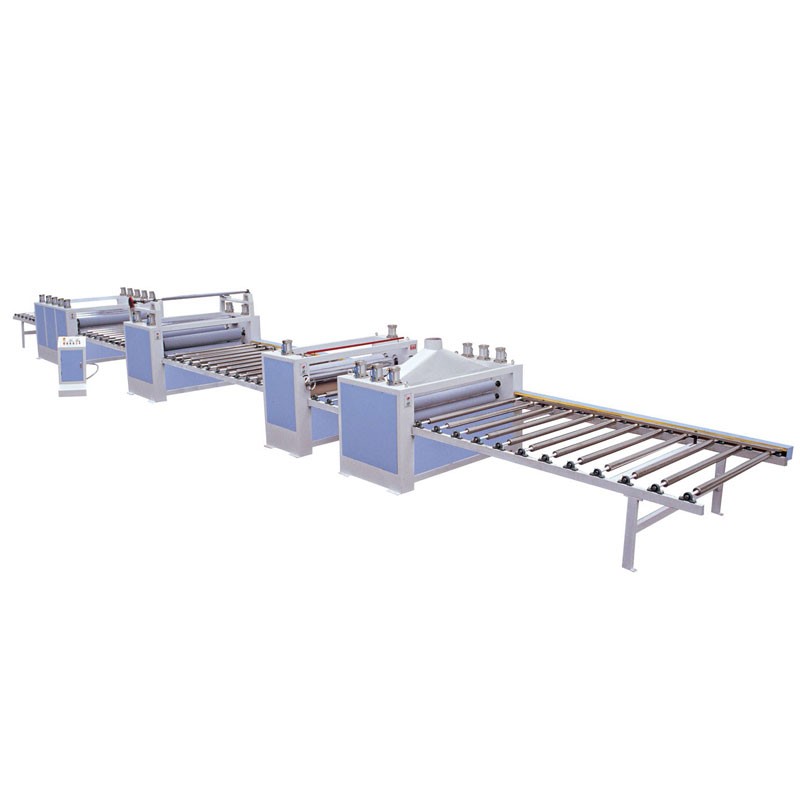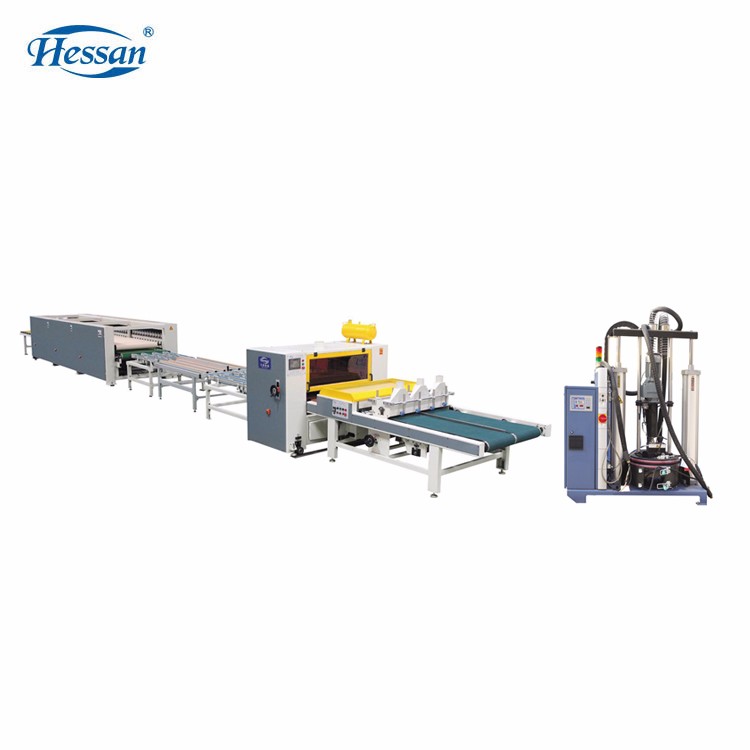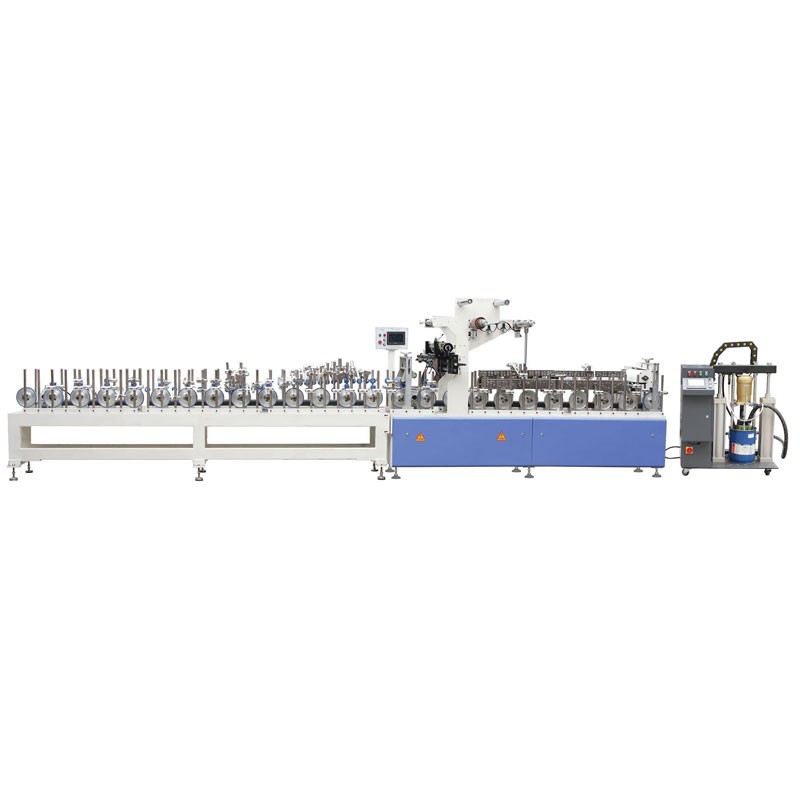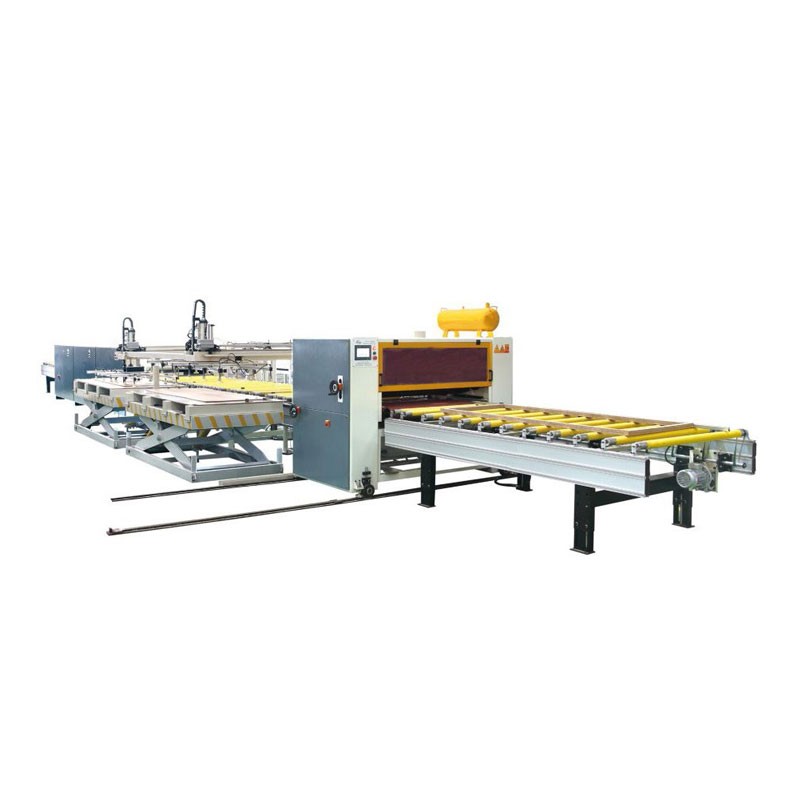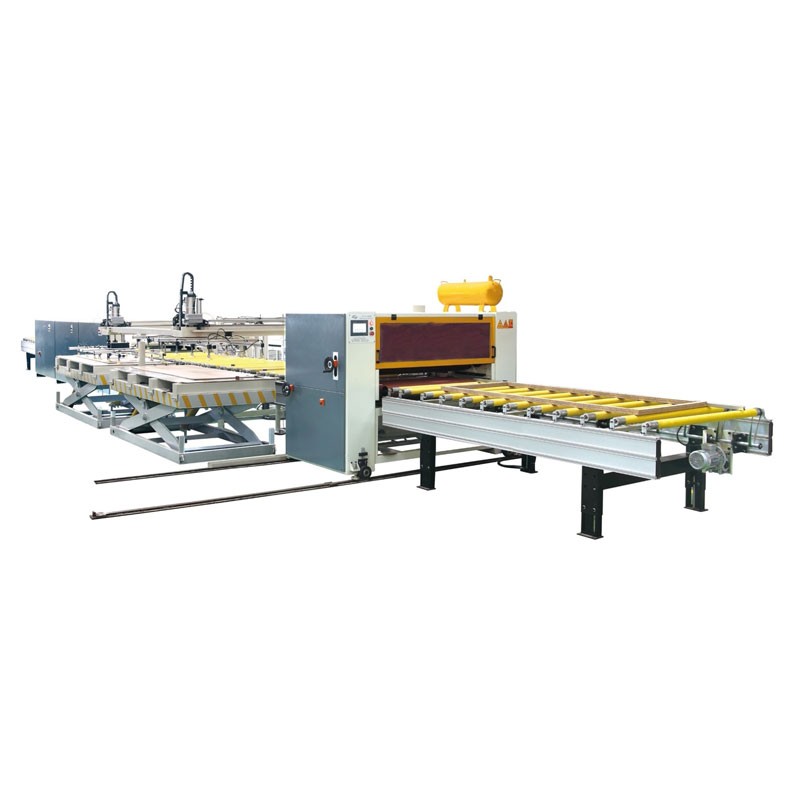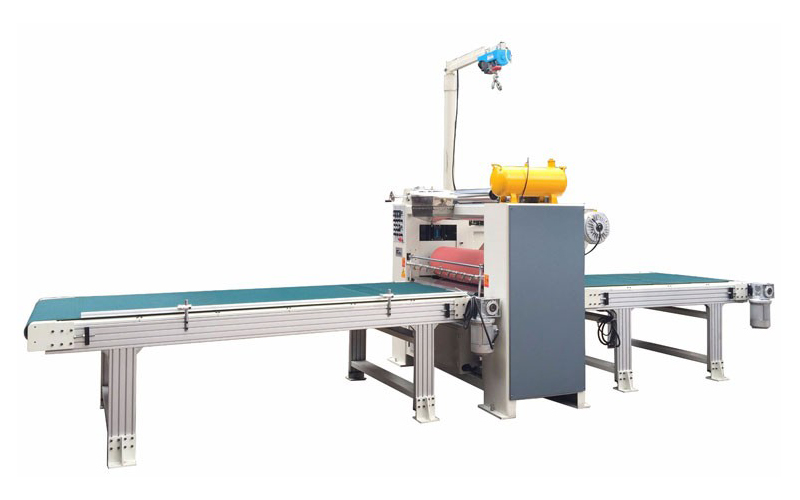INTRODUCTION
In woodworking and manufacturing, lamination is a critical process for improving the durability
and aesthetics of a wide variety of products. When it comes to sheet flat laminating lines,
manufacturers often have to decide between manual and automated sheet loading. Each method
has its own advantages and challenges that can have a significant impact on productivity, cost and
product quality. This article explores the factors that need to be considered when deciding between
manual and automated methods of sheet loading to help you make an informed choice in your
operation.
Understanding Lamination
Lamination is the bonding of two or more layers of material together using PUR adhesives and heat.
This process is commonly used for wood, plastics and composites, acrylic, Density boards, multilayers,
and carbon crystal panels for the manufacture of products such as furniture, countertops, and decorative
panels. The choice of lamination method has a direct impact on the efficiency of the production process,
the quality of the final product and the overall operating costs.
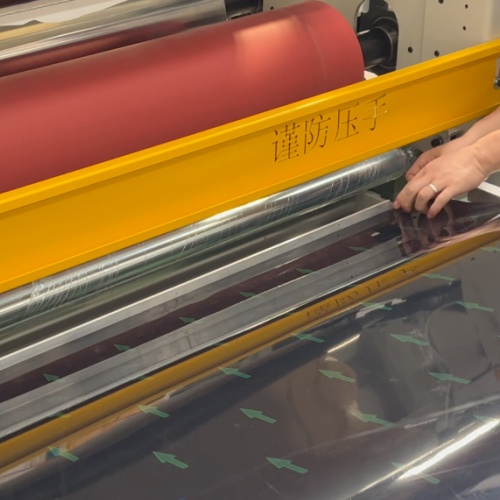
Sheet Manual feeding
Advantages of sheet manual feeding
Lower initial investment: sheet manual feeding systems typically require less capital investment than
automated systems. This can be a significant advantage for small businesses or start-ups, allowing them
to enter the market without incurring large expenses.
Flexibility: Manual systems offer greater flexibility in production operations. Operators can easily adjust
settings for different projects, making it easier to handle custom orders or small production runs without extensive reconfiguration.
Quality Control: Skilled operators can monitor and adjust the lamination process in real time to ensure
high quality results. This hands-on approach benefits complex designs or specialty materials that
require careful handling.
Challenges of sheet automatic feeding
Labor-intensive: sheet automatic feeding is highly labor-intensive, requiring skilled workers to operate
the machine and handle the material. This can lead to increased labor costs, especially with high
production volumes.
Inconsistency: The quality of laminated products can vary depending on the skill level and attention to
detail of the operator. This inconsistency can lead to higher scrap rates and increased waste.
Faster production speeds: Manual processes typically take less time than automated processes, so overall
throughput is higher. This can be a favorable factor in industries where speed and efficiency are important.
However, it can be a disadvantage for companies with high labor costs.
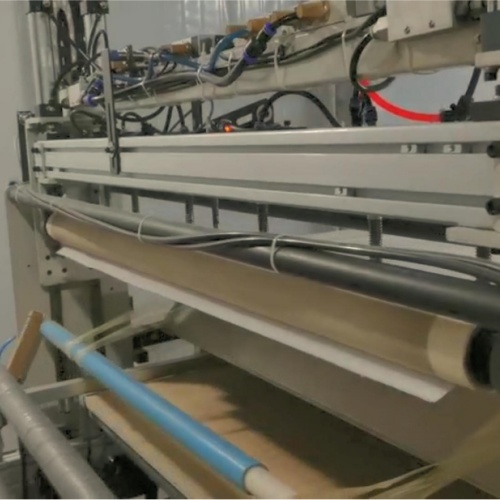
Sheet Automated Feeding
Advantages of automatic Feeding
Increased Efficiency: Automated laminating lines significantly reduce labor costs. These systems can
handle large quantities of paper with minimal human intervention, allowing manufacturers to meet
high demand without sacrificing quality.
Consistency and Quality Control: Automated systems are designed to maintain precise control of the
lamination process, resulting in consistent quality across all products. This consistency reduces the
likelihood of defects and improves the overall reliability of the product.
Reduced Labor Costs: Automated lamination reduces labor costs in the long run by reducing the
number of operators needed to manage the process. Operators can focus on monitoring the machine
rather than performing manual tasks.
Challenges of automated lamination
High initial investment: The cost of purchasing and installing an automated laminator can be high. For
smaller companies or those with limited budgets, the initial investment can be a barrier.
Less flexibility: Automated systems are often designed for high labor costs. While they excel at
consistency, they may lack the flexibility needed to customize orders or different product specifications.
Technical complexity: Specialized training is often required to operate and maintain automated systems.
This technical complexity can lead to increased downtime if problems arise and may require hiring
skilled technicians.
Factors to consider when choosing between manual or automated laminating
Throughput: Evaluate your production needs. If you are producing high volumes of laminated products,
manual laminating may be more advantageous. For companies with high labor costs, automated
laminating may be better.
Quality requirements: Determine the quality standards required for your product. If consistent, high quality
laminates are required, an automated system may be a better choice.
Flexibility needs: Evaluate how often product specifications change. If you frequently produce custom
designs or different sizes, a manual system may be a better choice.
